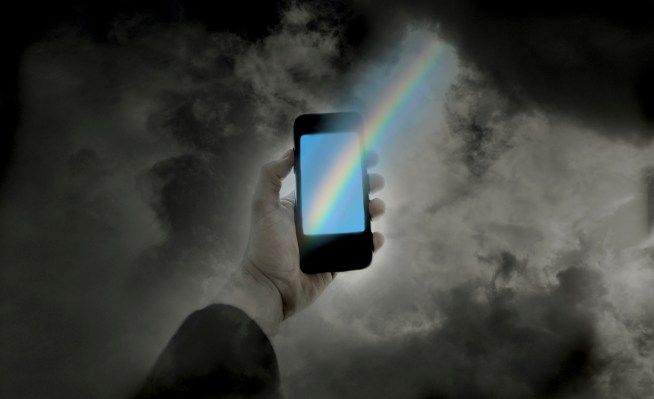YouTube today claims to have fixed an issue with its service that was causing it to incorrectly filter content in “Restricted Mode” and hiding a large selection of LGBTQ+ videos as a result. The company had come under fire last month when it was discovered that users who turned on “Restricted Mode” — a setting that allows YouTube users to filter out the site’s more mature content — were no longer able to see a number of innocuous videos referencing same-sex relationships.
The intention of “Restricted Mode” is to offer a more family-friendly version of YouTube that hides videos that include adult content — including those that focus on subjects like health, politics and sexuality — that aren’t appropriate for children.
But the feature was not working properly, having gone so far as to hide videos like a wedding ceremony, for example.
One YouTuber, Rowan Ellis, posted a video about the issue titled “YouTube is Anti-LGBT?” to bring attention to the problem, and hashtags like #YouTubeRestricted and #YouTubeIsOver erupted across Twitter as more users began reporting their own videos were also hidden, along with others about LGBTQ+ topics.
YouTube in March admitted and apologized for the error, addressing the community via a blog post that explained how Restricted Mode works. There, it promised to do a full audit of its systems to see what was going wrong.
The company said at the time that the feature “isn’t working the way it should,” and added “we’re sorry and we’re going to fix it.”
Today, YouTube says it has completed its investigation and fixed an issue on the engineering side that was incorrectly filtering videos.
As a result, 12 million additional videos are now available in Restricted Mode, including “hundreds of thousands featuring LGBTQ+ content.”
It has also addressed another issue with YouTube’s flagging system, and is now offering a form that allows creators and viewers to alert YouTube when a video is inappropriately excluded from Restricted Mode via its automated systems. That way, if a similar problem occurs again — even in other categories of videos — users and creators have a formal means of reaching YouTube.
The new blog post details how and when videos are filtered in general, explaining that it removes videos containing discussions of drug use and abuse, detailed conversations about sex and sexuality, graphic violence or events related to terrorism, war, crime and political conflicts that resulted in death or serious injury.
In the area of sex and sexuality, YouTube says that it will allow some “educational, straightforward conversations about sexual education” in Restricted Mode, but admits this is a particularly difficult category to filter.
The problem on this front is broader than YouTube filtering LBGTQ+ content, in some cases, because parents have varying viewpoints (particularly in the U.S.) about how much educational material about sex a child should have access to at all — just see the ongoing controversies about sex education in schools as an example.
The company does not detail what engineering problem was incorrectly flagging videos, but it does lay out a vision statement for how it wants Restricted Mode to operate.
It says, simply, that YouTube Restricted Mode “should not filter out content belonging to individuals or groups based on certain attributes like gender, gender identity, political viewpoints, race, religion or sexual orientation.”
